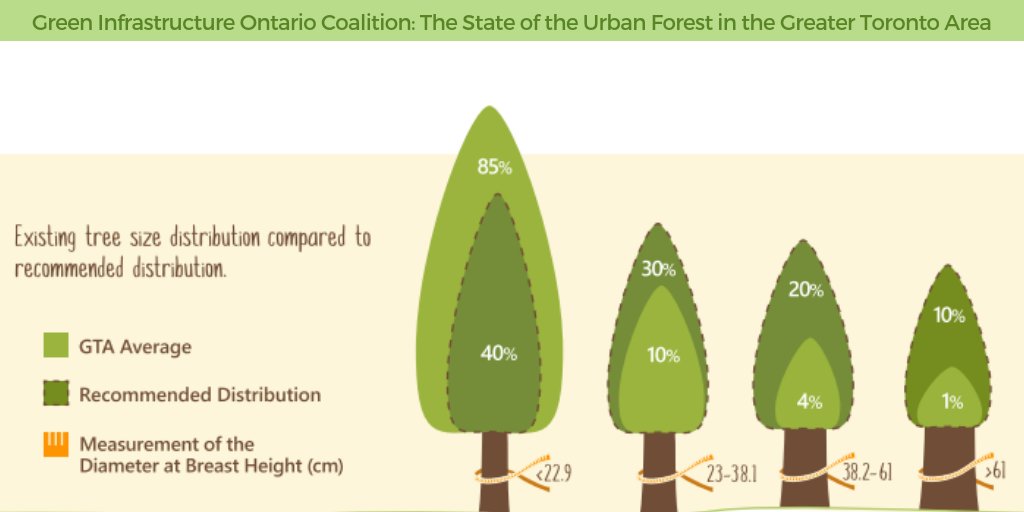Post-Tree Elimination Treatment Plays A Considerable Role In Landscape Remediation; Discover Important Steps To Boost Your Environments And Reduce Future Issues
Post-Tree Elimination Treatment Plays A Considerable Role In Landscape Remediation; Discover Important Steps To Boost Your Environments And Reduce Future Issues
Blog Article
Content Author-Tate McCollum
After a tree's removal, your landscape may look quite different, and it's necessary to evaluate the results thoroughly. please click the next webpage 'll wish to review the soil disturbance and check bordering plants for any kind of indicators of stress and anxiety. Disregarding these elements can cause bigger problems down the line. So, what should you perform with those stumps and roots? And exactly how do you pick the very best plants for your revitalized space? Allow's discover these essential steps.
Evaluating the Results: Reviewing Your Landscape
After a tree removal, it's crucial to examine your landscape to recognize the impact it has on your lawn.
Beginning by examining the location where the tree stood. Seek indications of dirt disturbance, and check the surrounding plants for any anxiety or damages.
You must likewise remember of how the removal has actually transformed sunlight direct exposure and air flow in your garden. This shift can impact the development of neighboring plants, so it's important to evaluate their health and wellness.
Think about the visual facets too; the elimination may create an open space that you can redesign.
Lastly, think about any prospective disintegration concerns that may occur from the tree's absence. Resolving these factors early will aid bring back equilibrium to your landscape.
Dealing With Stumps and Roots: Options for Removal
Once you have actually assessed the consequences of the tree elimination, you'll likely require to deal with the stump and roots left.
see this page have a couple of alternatives for elimination. One reliable approach is stump grinding, where a professional makes use of a device to grind the stump down to below ground degree. This method leaves very little disruption to your landscape.
If you choose a do it yourself technique, you can make use of a combination of excavating and chemical stump cleaners. Just remember, this procedure can require time and effort.
Alternatively, take into consideration leaving the stump as an all-natural attribute, which can serve as a distinct yard aspect or environment for wild animals.
Whatever you choose, dealing with the stump and origins is necessary for restoring your landscape.
Picking the Right Plant Kingdoms for Your New Room
As you examine your newly gotten rid of room, picking the right plants can significantly enhance your landscape's appeal and capability.
Begin by considering the sunshine and soil problems. For sunny locations, opt for drought-resistant plants like lavender or succulents. In shaded areas, brushes and hostas thrive well.
Consider the size and growth behaviors of your plants; mix perennials and annuals for seasonal range. Do not neglect to integrate native species; they call for less upkeep and support regional wild animals.
Group plants in weird numbers for an extra all-natural look and develop layers for aesthetic depth.
Finally, guarantee you have a mix of shades and structures to maintain your landscape vivid throughout the seasons.
Satisfied growing!
Verdict
In conclusion, restoring your landscape after tree removal is a rewarding process. By evaluating the aftermath, dealing with stumps and roots, and choosing the right plants, you'll create a flourishing environment. Do not forget to incorporate erosion control procedures to safeguard your soil. With a little initiative and care, you can change your area right into a dynamic garden that enhances your home. Welcome the chance to renew your landscape and enjoy the charm of nature right in your yard!
